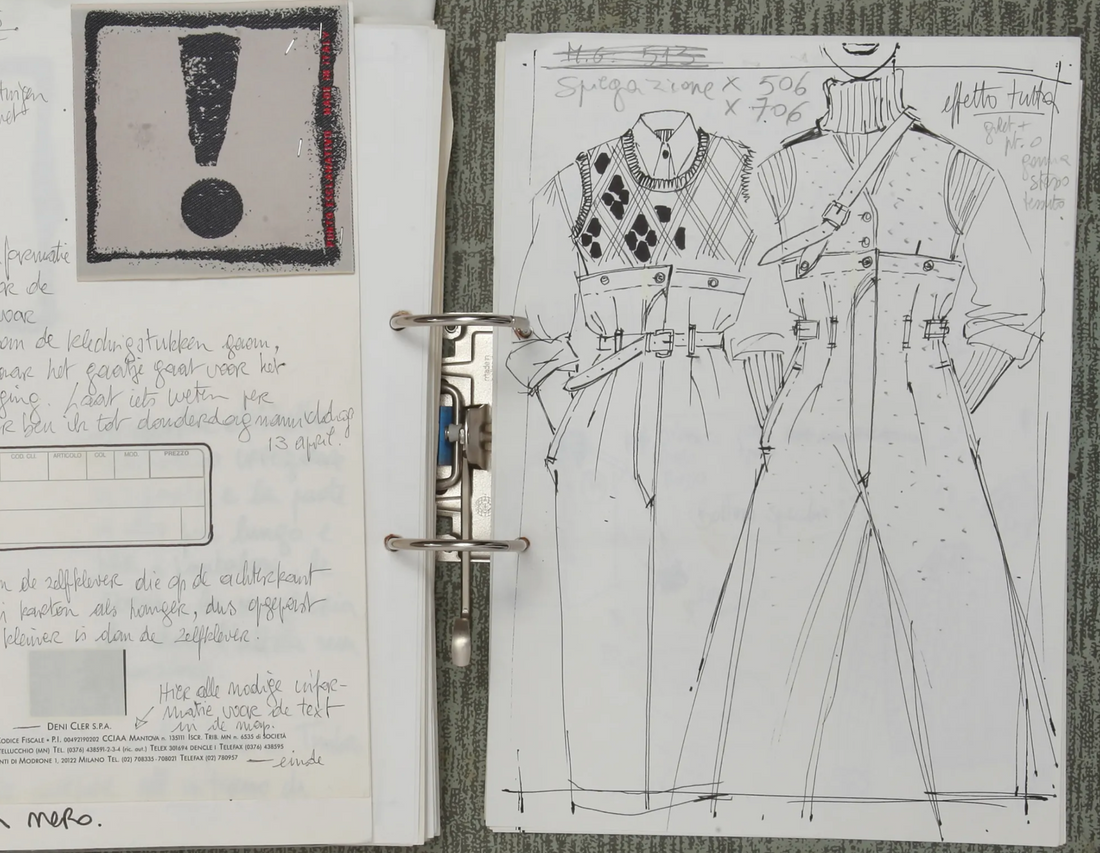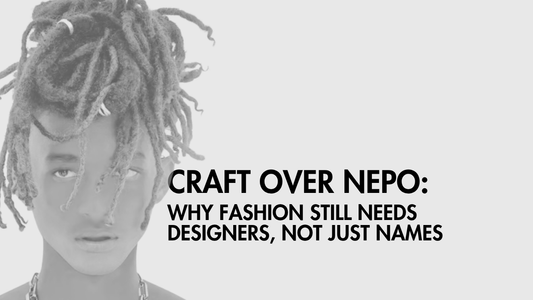
Graziella Picozzi: The Maverick Behind Martin Margiela’s Early Masterpieces
Share
Until a few weeks ago, few outside fashion’s inner circle had heard of  . That changed when Kerry Taylor Auctions and Maurice Auction announced they would be co-hosting the largest sale ever of Martin Margiela’s early work — and revealed that Picozzi was the woman behind much of it.
. That changed when Kerry Taylor Auctions and Maurice Auction announced they would be co-hosting the largest sale ever of Martin Margiela’s early work — and revealed that Picozzi was the woman behind much of it.
Now in her seventies, Picozzi exudes the composed elegance of an Italian nonna, yet her legacy is anything but ordinary. As Margiela’s technical pattern cutter for the first five years of his solo career, right after his time at Jean Paul Gaultier, Picozzi helped translate some of the most radical ideas in late-20th-century fashion into wearable reality.
Before that, she had founded her own brand, Deni Cler, a Milanese label that caught the attention of a young Margiela in 1988. When he began consulting for her, an unassuming partnership was born — one that would quietly reshape the foundations of avant-garde fashion.

The Making of a Legend
At the time, Margiela was searching for someone who could bring his unconventional visions to life — garments deconstructed and reimagined in ways the fashion establishment had never seen. While his ideas were revolutionary, they required extraordinary technical skill to execute. That’s where Picozzi came in.
Those now-iconic piqued Margiela shoulders, for instance — which might seem familiar today thanks to countless reinterpretations (and even the 2012 H&M collaboration) — were engineering marvels when first developed in the late 1980s.
“I’ve always said that even if you have a good designer but a bad pattern cutter, nothing will come out right,”
says Angela Picozzi, Graziella’s daughter and founder of Castor, a fashion prototyping company in Italy.
It’s a sentiment that underscores the invisible labor behind fashion’s most visionary designers — and the reason why Graziella’s contribution is only now coming into focus.

An Auction of Fashion History
To mark the start of couture week on January 27, 400 individual Margiela pieces — represented across 276 lots — will go under the hammer. Many come directly from the private collection of Angela and Elena Picozzi, who began wearing Margiela’s early creations as teenagers in the late ’80s.
The auction reads like a love letter to the golden age of deconstruction: full runway looks, individually cellophaned pieces, never-before-seen toiles, pattern cuttings, and even folders of sketches and notes in Margiela’s own hand.
For fashion historians and collectors alike, it’s nothing short of a revelation — an intimate look at the genesis of a designer who redefined what luxury could mean.
The Forgotten Collaboration: Project ‘!’
Among the most intriguing items in the sale are those not labelled Martin Margiela at all, but a mysterious one-season experiment known only as Project ‘!’. Conceived in collaboration between Margiela and Picozzi, it was an ambitious 60-piece collection that failed commercially but laid the groundwork for everything to come.
“It was only one collection made up of 60 pieces and was very different from what people were used to buying, so it didn’t sell so well,”
Graziella recalls.
Despite its brief lifespan, Project ‘!’ became a quiet cornerstone of Margiela’s creative philosophy — questioning conventions of construction, authorship, and beauty itself.

The Woman Behind the Vision
While Margiela’s anonymity has become legend, Picozzi’s story offers a new dimension to that myth — a reminder that innovation is rarely the work of one mind alone. Behind the seams of every conceptual garment was Graziella’s technical genius: the Da Vinci of darts, folds, and shoulder seams.
Her relationship with Margiela was one of creative symbiosis — a balance of artistry and precision that defined the DNA of Maison Martin Margiela and shaped fashion’s minimalist revolution of the 1990s.
Now, decades later, the auction of the Picozzi family’s archive gives her work long-overdue recognition. For collectors, it’s a once-in-a-generation opportunity. For the fashion world, it’s a chance to rediscover the woman who turned Margiela’s impossible ideas into enduring icons.



